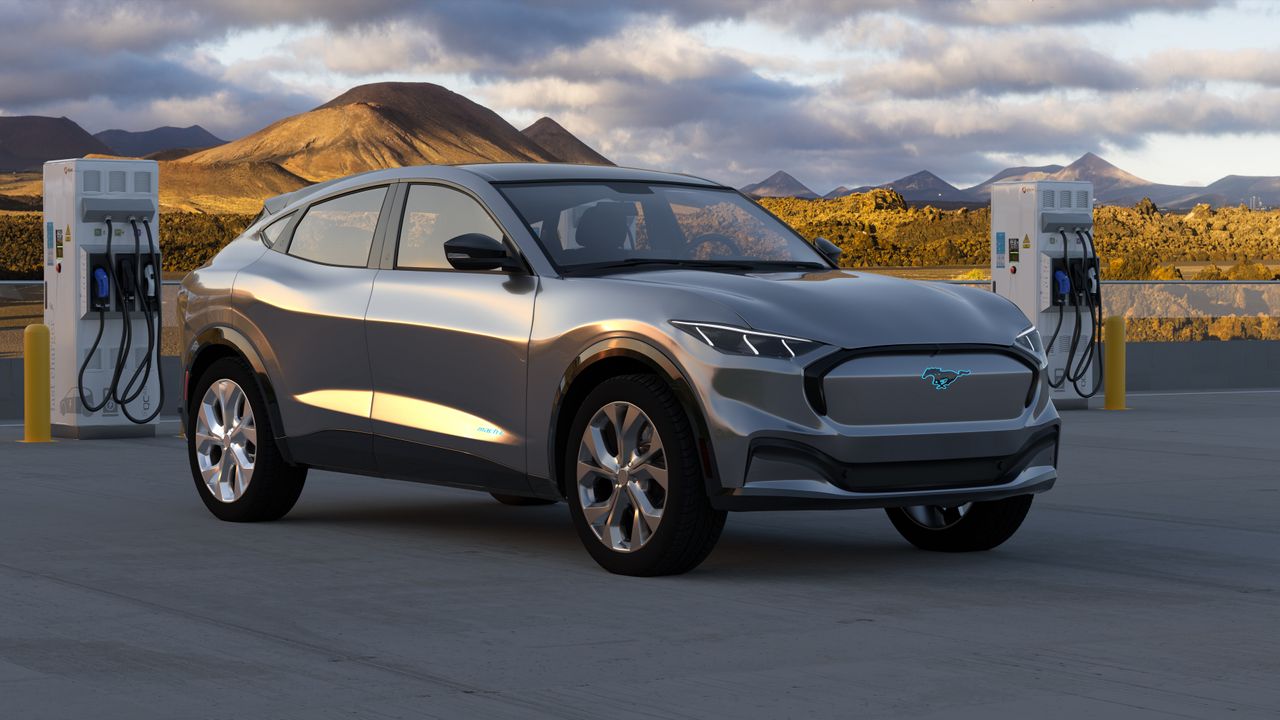Battery Technology and Advancements in Electric Vehicles
Electric vehicles (EVs) have gained significant popularity in recent years as a cleaner and more sustainable mode of transportation. One of the key factors driving this growth is the advancements in battery technology, which have led to improved performance, longer range, and faster charging times. In this article, we will explore the role of battery technology in EVs and discuss the importance of thermal management, charging infrastructure, and energy storage.
Thermal Management
Thermal management plays a crucial role in the performance and longevity of EV batteries. As batteries generate heat during charging and discharging, it is essential to maintain optimal operating temperatures to prevent degradation and ensure safety. Advanced thermal management systems, such as liquid cooling or heating, help regulate the temperature and improve overall battery efficiency.
Moreover, thermal management systems also enable fast charging capabilities. By keeping the battery at an optimal temperature range, EVs can charge at higher power levels without compromising the battery’s health. This not only reduces charging times but also enhances the convenience and usability of electric vehicles.
Charging Infrastructure
A robust and widespread charging infrastructure is crucial for the widespread adoption of electric vehicles. The availability of convenient and accessible charging stations alleviates range anxiety and encourages more people to switch to electric vehicles. As a result, significant investments are being made to expand the charging network globally.
There are three main types of charging stations: Level 1, Level 2, and Level 3 (DC fast charging). Level 1 chargers use a standard household outlet and provide a slow charging rate, typically suitable for overnight charging. Level 2 chargers require a dedicated charging station and offer faster charging times, making them ideal for residential and workplace charging. Level 3 chargers, also known as DC fast chargers, provide rapid charging capabilities, allowing EVs to charge up to 80% in as little as 30 minutes.
Furthermore, advancements in charging technologies, such as wireless charging, are being explored to enhance the convenience of EV charging. Wireless charging eliminates the need for physical cables and connectors, making it more user-friendly and efficient.
Energy Storage
Energy storage is a critical aspect of battery technology in electric vehicles. It involves the ability to store and release energy efficiently, ensuring optimal performance and range. Lithium-ion batteries are the most commonly used energy storage technology in EVs due to their high energy density, long cycle life, and relatively low self-discharge rate.
Research and development efforts are focused on improving battery energy density, which refers to the amount of energy that can be stored in a given volume or weight. Higher energy density batteries allow for longer driving ranges without the need for frequent recharging. Additionally, advancements in battery chemistry and materials are being explored to enhance the overall performance and safety of EV batteries.
Moreover, the concept of second-life batteries is gaining traction in the EV industry. After their useful life in an EV, batteries can still retain a significant amount of capacity. These retired EV batteries can be repurposed for stationary energy storage applications, such as grid-level storage or home energy systems. This not only reduces waste but also provides a cost-effective solution for energy storage.
Conclusion
Battery technology is at the forefront of driving advancements in electric vehicles. Through innovations in thermal management, charging infrastructure, and energy storage, EVs are becoming more practical and appealing to a wider audience. As technology continues to evolve, we can expect even more exciting developments in battery technology, further revolutionizing the electric vehicle industry.
